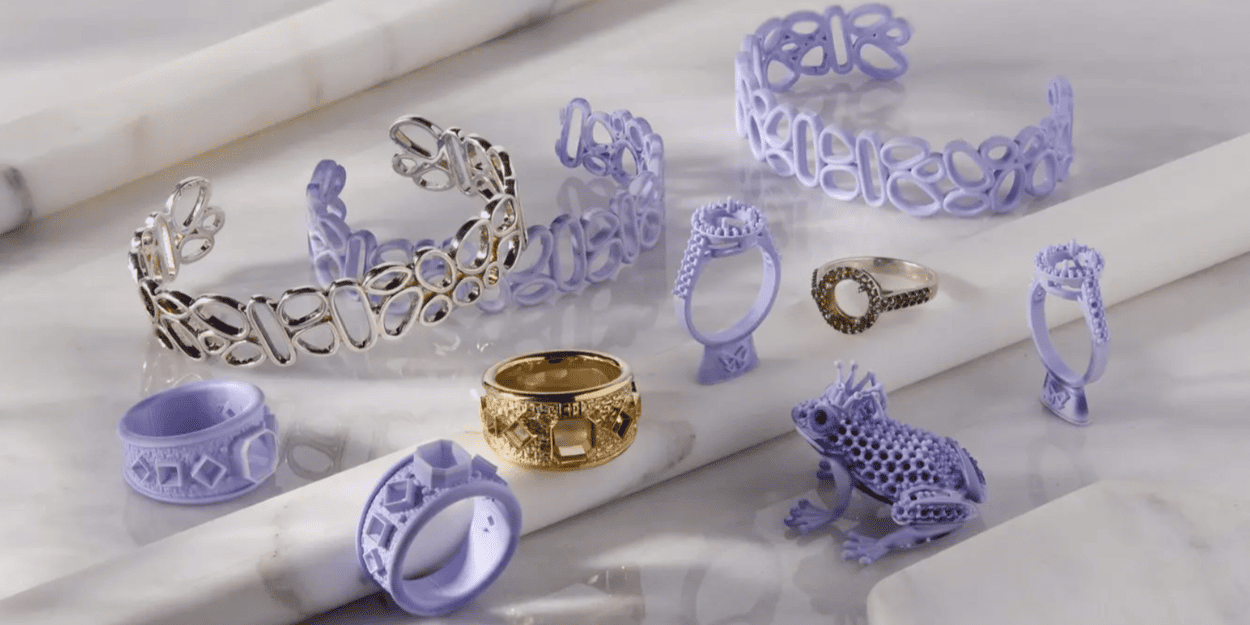Banner Image Courtesy of Formlabs
The rise of 3D printing services and online 3D printing providers has opened up a world of possibilities for hobbyists, entrepreneurs, and engineers. From rapid prototyping and custom tooling to one-off artistic creations, additive manufacturing can turn ideas into physical objects faster than ever. Yet, a common question persists: Are these services prohibitively expensive? In this comprehensive guide, we’ll explore the factors that drive cost, compare leading providers, share strategies to lower your print bill, delve into scenarios where higher costs make sense, debunk common myths, and address the most frequent questions. Let’s dive in!
Key Factors That Drive 3D Printing Cost
1. Material Choice
Thermoplastics (PLA, ABS, PETG): Generally, the most affordable, especially for large-volume runs.
Engineering Plastics (Nylon, PA12, Polycarbonate): Mid-range price, offering higher strength, temperature tolerance, and chemical resistance.
Resins (Standard, Tough, Flexible): Resin-based stereolithography (SLA) can be pricier per gram but delivers finer detail and smoother surfaces.
Specialty Materials (Metal, Ceramic, Carbon-Fiber Reinforced): Often the most expensive due to complex processing and post-processing requirements.
2. Printing Technology
Fused Deposition Modeling (FDM): Low to mid cost; ideal for simple prototypes and functional parts.
Selective Laser Sintering (SLS): Higher cost, no support structures needed, suitable for complex geometries and functional testing.
Stereolithography (SLA)/Digital Light Processing (DLP): Mid to high cost, excellent surface finish and detail for visual models and molds.
Direct Metal Laser Sintering (DMLS)/Selective Laser Melting (SLM): Premium pricing, used for high-performance metal parts in aerospace, medical, and industrial sectors.
3. Part Size and Volume
Larger parts consume more material and require longer machine time. Volume-based pricing often scales non-linearly, so doubling part size can more than double the cost.
4. Print Resolution and Layer Height
Finer layers (e.g., 50 µm) increase print time and cost compared to coarser layers (e.g., 200 µm). Higher resolution is essential for intricate details but comes at a premium.
5. Post-Processing Requirements
Support removal, sanding, painting, infiltration, or heat treatment adds labor costs. Some online 3D printing providers include only basic cleaning, while full finishing services incur extra fees.
6. Turnaround Time
Standard lead times are most economical. Rush orders (24–48 hours) can incur surcharges ranging from 20 % to 100 % depending on the provider.
3D Printing Service Providers Comparison
|
Provider |
Technologies |
Materials |
Starting Price* |
Turnaround |
Notable Feature |
|
Hi3DP |
Aggregator model |
Varies by partner |
Varies |
2–10 business days |
Price comparison across dozens of partners |
|
Shapeways |
SLA, FDM, SLS, DMLS |
Plastics, Metals, Ceramics, Resins |
$5 for small PLA |
2–7 business days |
Global network of factories |
|
Proto Labs |
FDM, SLA, SLS, DMLS |
Engineering plastics, Metal alloys |
$50 minimum |
1–3 business days |
Automated quoting, instantaneous pricing |
|
Materialise |
SLA, SLS, FDM, DLP |
Wide portfolio including medical resins |
$10 for resin |
3–10 business days |
HIPAA-compliant medical 3D printing |
|
Xometry |
FDM, SLA, SLS, CNC, Urethane Casting |
Broad plastics & metals |
$25 print credit |
1–5 business days |
Instant quoting across manufacturing methods |
Strategies to Lower Your Print Bill
1. Optimize Part Orientation and Nesting: Rotate and pack multiple parts together to reduce support structures and maximize build volume utilization.
Design for Additive Manufacturing (DfAM)
2. Simplify geometry, hollow out solid sections with internal lattices, and consolidate assemblies into single printed parts to reduce material use and assembly time.
Choose Cost‑Effective Materials. If mechanical properties allow, opt for PLA or PETG instead of pricier engineering plastics or specialty resins.
Adjust Resolution Where Feasible
3. Use coarser layer heights for non–non-detail-critical sections. For example, print the bulk of a part at 200 µm and only the critical surfaces at 100 µm via two-stage printing, if supported.
4. Leverage Bulk Ordering or Print Credits. Many online 3D printing providers offer volume discounts, subscription plans, or bundled credits that reduce per‑part costs.
When is “expensive” actually worth it?
1. High‑Performance Functional Parts
Aerospace, automotive, and medical applications often demand tight tolerances, certified materials, and traceability. Premium services like DMLS or PA12 with certified testing are justified by part criticality.
2. Complex Geometries Without Assembly
When lightweighting via internal lattices or fluid channels is required, SLS or multi‑jet fusion (MJF) can produce features impossible with traditional manufacturing. The time and tooling savings can outweigh higher print costs.
3. Rapid Iteration and Time‑to‑Market
For startups racing to prototype and validate designs, the agility of online 3D printing providers can save weeks of lead time, which translates into tangible cost savings on development cycles.
4. Customization at Scale
In industries like dental, hearing aids, or bespoke jewelry, each part is unique. The per‑unit cost remains higher than injection molding, but for runs under 1,000 units, additive remains competitive.
Common Myths and Misconceptions
“3D Printing Services Are Only for Prototyping.”
Additive manufacturing now delivers end‑use parts in production volumes across industries.
“You Can’t Get Good Mechanical Properties.”
With materials like carbon‑fiber reinforced nylon, ULTEM®, high‑temperature resins, and metals, 3D printed parts rival or exceed traditional plastics.
“It’s Always More Expensive Than Injection Molding.”
For small batches (typically fewer than 1,000–10,000 units, depending on part complexity), additive manufacturing often wins on total cost of ownership due to zero tooling/molding costs.
“Post‑Processing Is Free.”
Many providers charge separately for painting, plating, or heat treatment. Always clarify the extent of included finishing.
“All Online Providers Are the Same.”
Service levels, material certifications, and geographic footprint vary widely. Shop around and request material data sheets (MDS) and certifications to ensure compliance with your application.














